Pump for the capital fountain: which unit to choose + a short educational program for installation
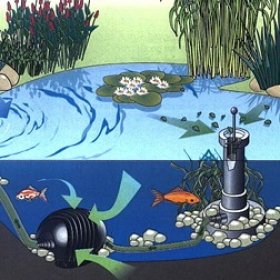
The fountain is a fitting decoration in any well-kept garden. Owners of a large plot usually order a solid structure and its installation from specialists, but owners of small households often prefer to do it on their own. Choosing and installing a fountain pump with your own hands is not too difficult. In order for the design to work long and successfully, one should adhere to a number of rules, and also take into account the recommendations of experienced specialists.
Which unit to supply - surface or submersible?
The quality of the functioning of the fountain and the successful implementation of the project depend on the proper operation of the pump. Gardeners wishing to decorate their estates with a fountain are offered a choice of two options: a submersible pump and a surface pump.
Submersible models:
- installed under water;
- are relatively inexpensive;
- easy to install;
- have compact sizes;
- do not make noise during the work.
Surface pumps:
- mounted on the surface;
- easy to care for;
- have more complex installation and higher price than submersible models;
- may make some noise during operation.
The models of both submersible and surface fountain pumps are very diverse. In addition to the design features, attention should be paid to such indicators as pump power and its performance. The number of watts needed for the equipment will make it possible to judge the upcoming energy costs. And productivity indicates the amount of water that a pump can pump over a certain amount of time.
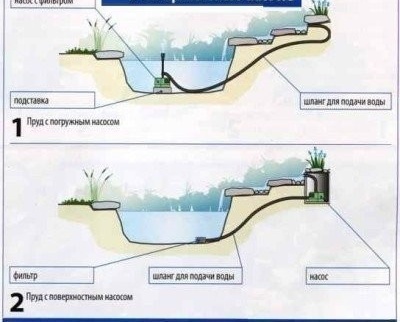
This installation diagram of a submersible and surface pump for the fountain clearly demonstrates the principles that will allow you to correctly install the pump yourself
The pump performance declared by the manufacturer in practice may be slightly lower. A factor in reducing the productivity of equipment can be the height by which it is necessary to raise the water column, the dimensions of the hoses and pipes, the structural features of the fountain nozzles, the design flaws of the water supply system, etc. Half-inch pipes and hoses will be sufficient for low-power pumps, and for devices higher power should take inch pipes and hoses.
When choosing a pump for a fountain, it is also important to consider the hydraulic resistance of individual elements of the system, especially if it is planned to create a large structure or several fountains connected among themselves. Experts will help determine the performance of the model, given the desired height of the fountain. It should be noted that in company kits, which are equipped with suitable pumps, such points have already been taken into account.
Features of installing a submersible pump
For a small model of the fountain, which is made from improvised materials, the purchase of a submersible pump is justified.For starters, a small hill of several bricks or a special plastic stand, the height of which is adjustable, is arranged at the bottom of the water tank. A pump is placed on this elevation.
You can learn more about the operation of the submersible pump from the video:
Mounting the device directly on the bottom of the pond is not recommended, since in this case the filter will become dirty too quickly. As a result, maintenance of the pump will be significantly more complicated. The nozzle can be placed directly above the pump or installed in a suitable place by connecting to the pump with a hose.
In winter, the submersible pump is recommended to be removed from water and stored indoors. If for some reason this is not possible, the pump in the cold season should be turned on briefly at least once every two weeks, of course, if the water has not turned into ice.
In the kit with the pump, experts recommend additionally purchasing a tee. Using it, you can divert part of the water of the fountain to create an artificial waterfall, block the fountain, pump out water from the tank before cleaning, put an additional filter, etc.
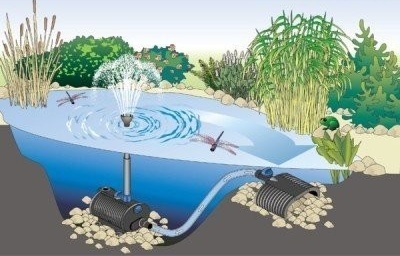
Low voltage submersible pumps are the optimal choice for a small fountain, as they are reasonably priced and easy to install and maintain.
How to install surface pumps?
Typically, surface fountain pumps have higher performance than submersible models. They are installed in a special box or even in a building. The closer the surface pump is to the fountain, the shorter the pipes through which water flows, the more favorable this circumstance will affect its performance. Sometimes the pump box is hidden in the thickness of the soil.
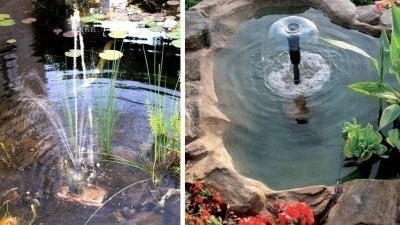
The performance of the fountain pump specified in the technical documentation may decrease depending on the height of the fountain, nozzle device, inner diameter of pipes and hoses, etc.
At the end of the intake pipe of the surface pump, a check valve should be installed, which will allow water to be stored in the system immediately before the pump starts.
A Few Useful Tips Before Buying
When purchasing a pump, you need to make sure that its use will be quite safe. Reliable models are marked accordingly, as well as manufacturer's warranty documents. In addition, you should make sure that the nearest service center that provides maintenance and repair of equipment is located fairly close, and not in the neighboring region or even the country.
The instruction manual should be carefully studied before purchase, to make sure that the pump maintenance does not require special tools and skills. Read the instructions again immediately before starting the pump.
When connecting the pump to the power supply, it is imperative to use a residual current circuit breaker. Before starting the pump for the first time, make sure that none of those present have direct contact with the water in the fountain. This will reduce the likelihood of an accident if errors were made during the installation of the pump.
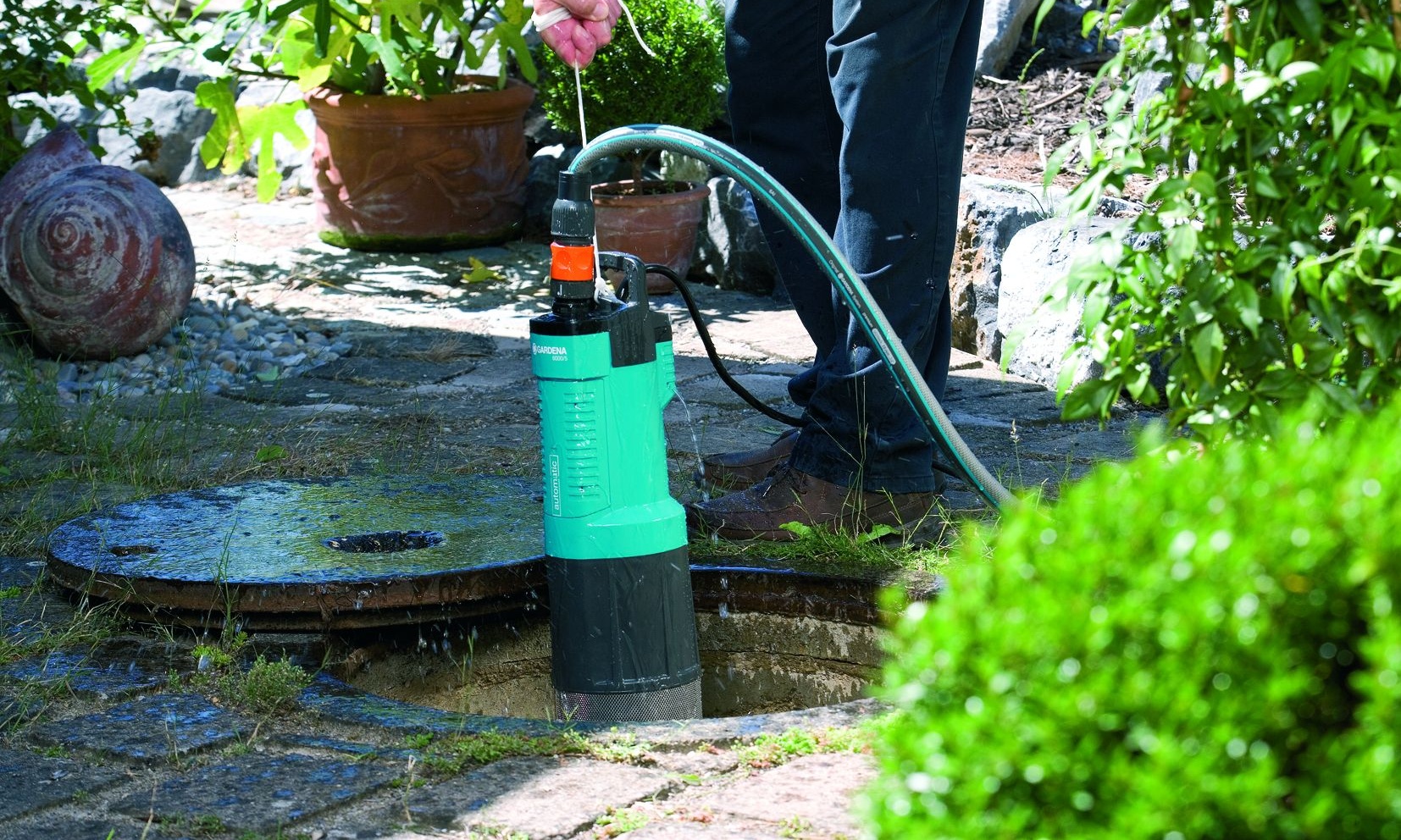
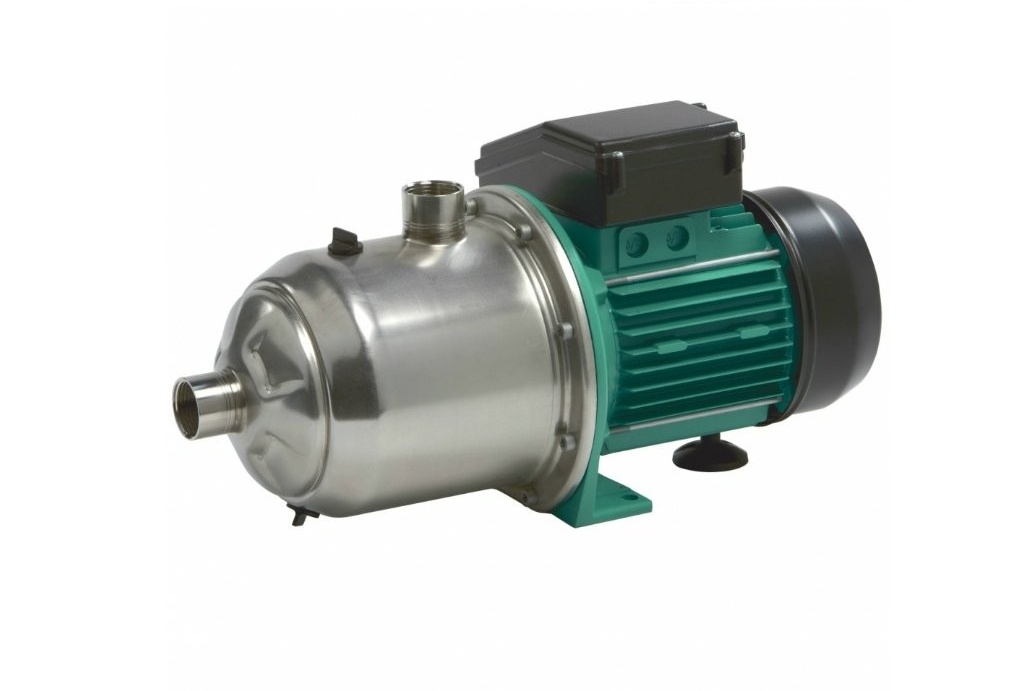

2 comments